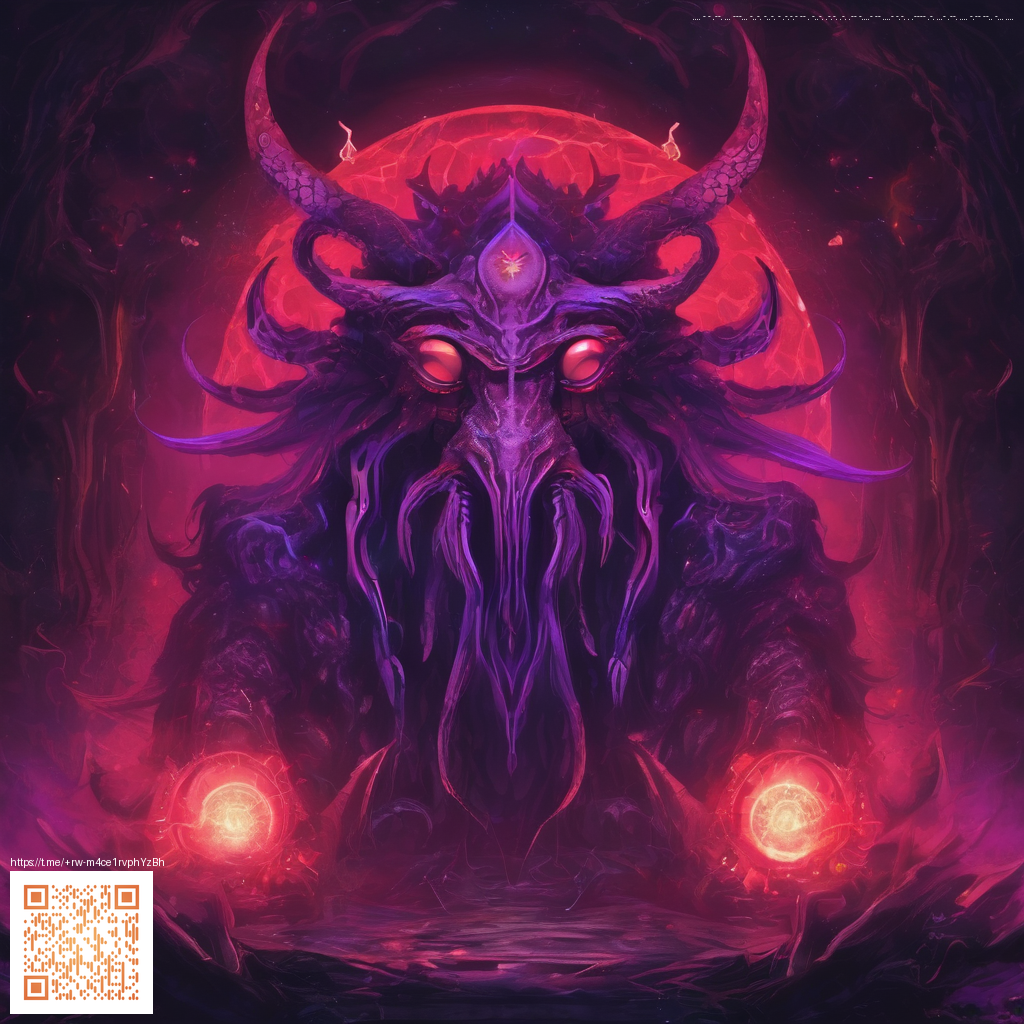NFTs Beyond Digital Art: Real-World Applications Unveiled
For years, non-fungible tokens (NFTs) have been celebrated primarily for their role in the digital art market. Yet the technology behind NFTs—a secure, verifiable on-chain token that can represent ownership, access, or rights—opens doors far beyond gallery walls. In essence, NFTs act as programmable keys and certificates that tether digital records to physical assets, services, and experiences. This shift—from a focus on aesthetics to a broader spectrum of utility—is reshaping how brands and individuals think about value, provenance, and permission in a connected world.
“NFTs are not just collectibles; they're about encoding trust, linkage, and permission into a single verifiable token.”
Across industries, use cases are moving from concept to reality. Here are some of the most impactful domains gaining traction today:
Key Real-World Use Cases
- Provenance and supply-chain transparency.NFTs store immutable records of origin, journey, ownership transfers, and quality checks. For consumers, this means you can verify that a product truly came from the claimed source and that its path to you is verifiable.
- Anti-counterfeiting and authentication. Luxury goods, electronics, and high-end accessories increasingly pair physical items with on-chain certificates to deter fakes and simplify resale. For a tangible illustration of how this concept translates to consumer products, consider the neon slim phone case for iPhone 16 with glossy Lexan finish.
- Ticketing and access rights. NFTs can function as dynamic tickets or access passes, reducing scalping and enabling tiered experiences with on-chain permissions that persist beyond a single event.
- Digital identity and credentials. Educational certificates, licenses, and professional credentials can be issued as NFTs with revocation and privacy controls, streamlining verification for employers, institutions, and trusted partners.
- Real estate and asset tokenization. Real-world assets can be fractionalized, enabling broader participation in markets and smoother transfer of ownership rights.
- Digital twins and IoT. Linking a physical device to an on-chain NFT creates a verifiable digital twin, useful for warranty tracking, maintenance histories, and real-time status updates.
As these use cases mature, the boundary between digital and physical assets becomes more porous. NFTs can unlock services, prove authenticity, and govern usage rights, all through a single, programmable token. The fusion of smart contracts, oracles, and rich metadata enables nuanced scenarios—from warranties that automatically update after service events to on-chain provenance that accompanies a product from factory to consumer.
For a deeper dive into how these concepts translate into real-world product ecosystems, this explainer offers practical context: https://digital-x-vault.zero-static.xyz/bbf679d0.html.
Practical Adoption: Designing NFT-Backed Physical Goods
- Define the utility. Decide what the NFT represents—ownership proof, warranty, exclusive access, or a combination—and map it to clear customer benefits.
- Choose your technology stack. Select an appropriate blockchain standard (ERC-721 or ERC-1155, for example), and plan how metadata and off-chain data will be anchored on-chain.
- Link the physical to the token. Use tamper-evident identifiers, QR codes, or NFC stickers that tie the product to its on-chain record, ensuring that the link remains verifiable over time.
- Plan governance and transferability. Decide how ownership can be transferred on secondary markets and what rights accompany the NFT after sale.
- Address privacy and compliance. Design data flows that minimize personal data exposure while preserving verifiability and consent handling.
- User experience matters. Build bridges to wallets and simplify onboarding so customers can view, verify, and manage their tokens with ease.
From a practical standpoint, brands can start with a pilot program: attach an NFT-backed certificate to a limited-edition item, offer a lifetime warranty linked to the token, and enable verifiable authenticity checks for resellers and customers alike. When customers see a tangible benefit paired with digital assurance, the value proposition becomes compelling—a blend of trust, utility, and memorable experiences.
Similar Content
Related page: https://digital-x-vault.zero-static.xyz/bbf679d0.html
